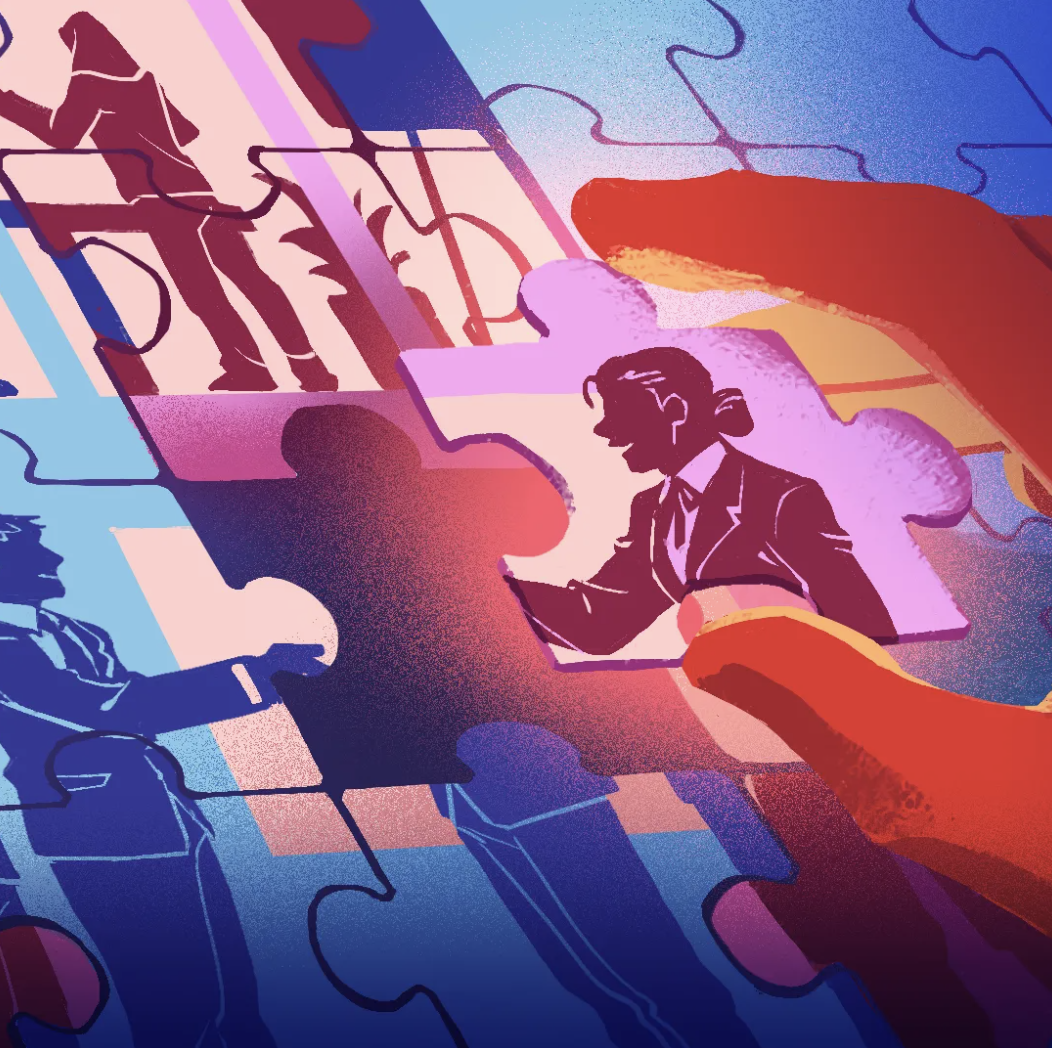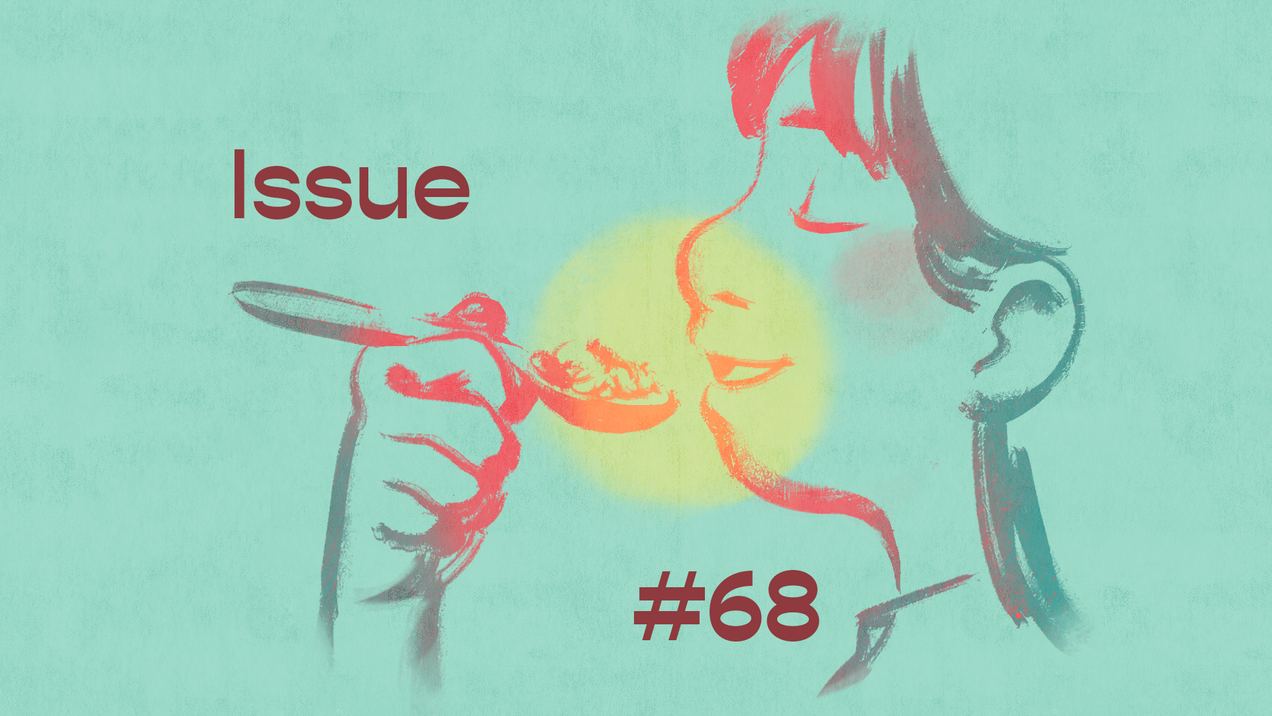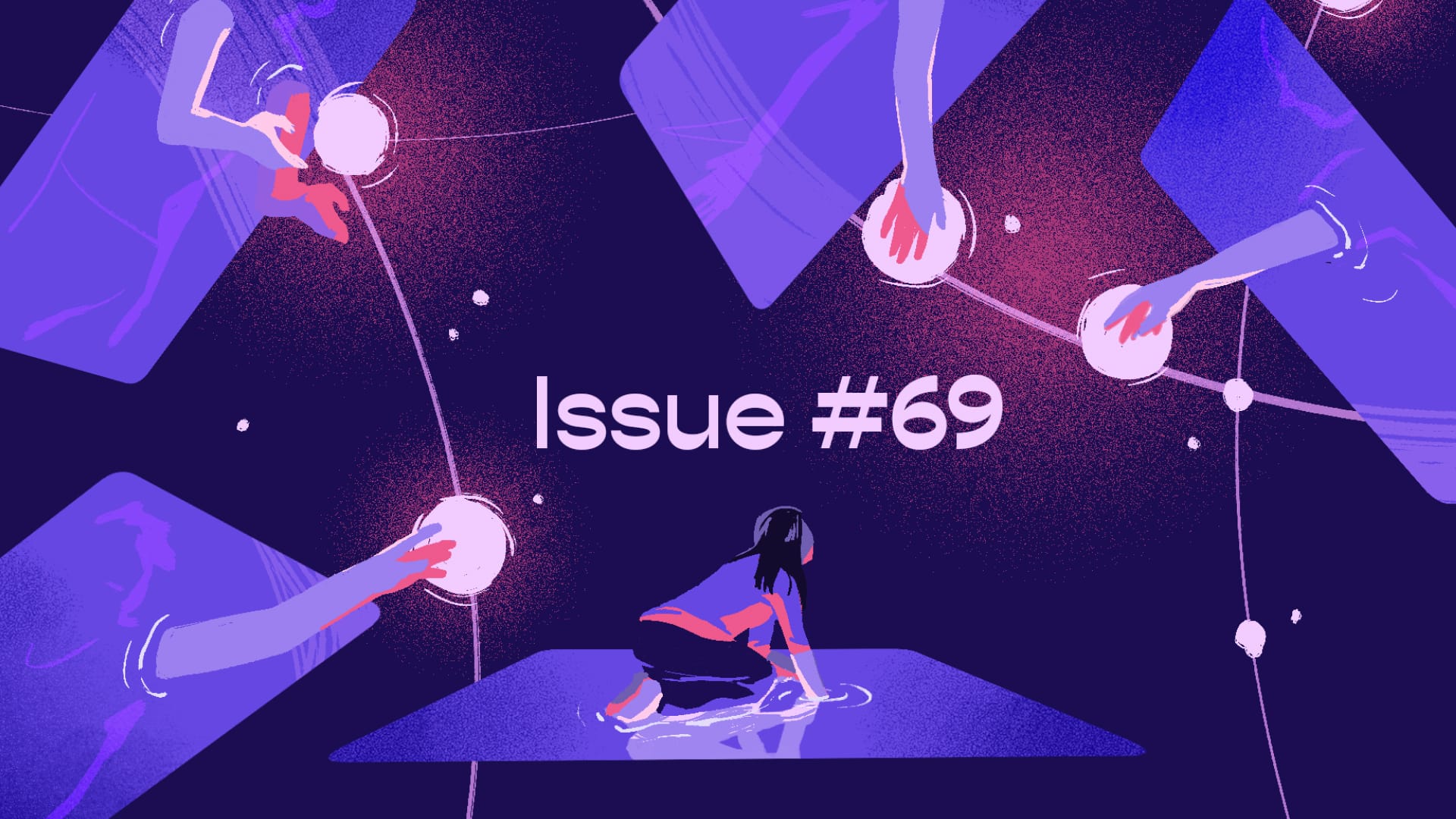
Rethinking design beyond the algorithm— issue #69
With AI and data analytics offering personalised experiences, it seems technology is now a few steps ahead of us. Machines are anticipating our needs and making people feel seen. Yet it cannot replace what makes us human. Can we design with this in mind?
It feels like algorithms get me better than I get myself sometimes. TikTok’s For You Page boosts my endorphins on a bad day, Fitbit nudges me when my body’s asking for rest, and Spotify’s Daylist matches my mood any time of day. Of course, none of it is magic. We have been ushered into an era of hyper-personalisation by Artificial Intelligence (AI) and data analytics, where technology anticipates or responds instantly to our needs.
For a product designer, this feels like a superpower. We’ve long relied on practices that generalise behaviours and characteristics, such as universal design and persona mapping. I’ve long learned that there is a limitation to this. Whatever insights or solutions created through this practice is framed by our own knowledge systems, cultures, and experiences.
Meanwhile, AI models are becoming increasingly advanced in retrieving information and identifying patterns. They can effortlessly remember, predict, and adapt to the complexity of every individual and respond in real-time with solutions that feel tailor-made. At least, that’s the story sold to us.
But AI is neither omniscient nor altruistic. AI-driven solutions or experiences are encoded with the values and biases of their creators. The sense of intimacy we get from personalised experiences is not given for free either. With every interaction, we surrender more personal data, often with a lack of clarity on how they would be used. In ways bigger than us, AI can be exploited by people and institutions acting in bad faith. Across Southeast Asia alone, we’ve seen reports of AI systems using our personal data for surveillance, profiling, discrimination, spreading misinformation, and suppressing dissident voices. This deepens existing inequalities, especially for marginalised communities.
Beyond the appeal of convenience, hyper-personalisation works because it taps into something deeply human. We want to be “seen”, to matter as individuals, and to be recognised as complex beings with shifting needs and nuance. The rise of AI griefbots shows that personalisation designed for reciprocal connection—not just as tools for efficiency—can land deeply. But for that, we don’t always need AI or the latest technology.
A coffee machine that remembers my perfect cup isn’t the same as a kopi auntie who remembers my regular order. What if we designed tech products with that in mind? In building our first product, data storytelling platform Lapis, we’re also feeling the mounting pressure to lean on AI to help people communicate insights faster. However, we have to remember that while machines can learn our habits and mimic our behaviours, they don’t make sense of the world the way we do. For now, true care, genuine connection, and the dignity of being understood still belong to humans.
This is why storytelling and relational design is so meaningful in the age of data and AI: rather than perfecting how machines interact with people, chasing the most transformative data insights, or trying to solve every need with efficiency, we want to focus more on what’s already human. As we enter a new development phase for Lapis, we’re deliberately shaping it to reflect our values of collaboration, skill sharing, and continuous learning. That means making space for efforts to be recognised, diverse stories to be told, and for lasting relationships to form, through the features we ship and the community we build.

more from us...
Female tech founders are often scrutinised more than their male counterparts. How do we tilt the field?
To believe or not believe? Understand how fake news in Asian societies is a structural issue.
Kawan special
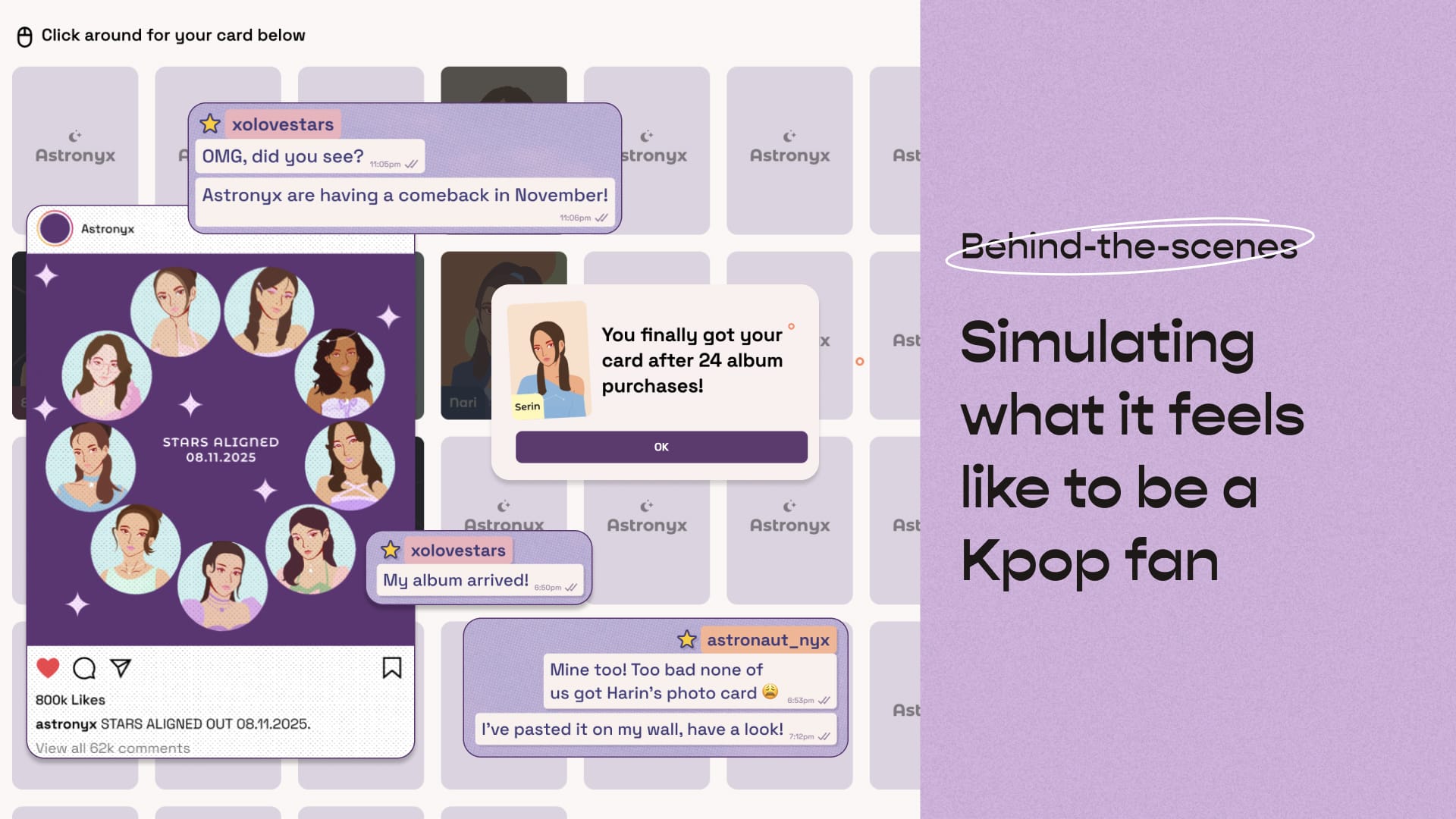
Our latest story The Physical Phenomenon: Why CDs are still well-loved in Kpop investigates Kpop’s high demand for physical albums in the age of digital streaming. In this behind-the-scenes, we share how we draw on instinct and our experiences of fan culture for the story’s editorial and visual style.
Stuff we love
↗ Ever wondered about data-driven art, and why you should try crafting one? Nicole Rennie gets you started.
↗ In the age of AI slop, Indonesian archive Artefak Kita documents Indonesian art and design with political perspectives.
↗ Can AI tell data stories effectively? The Pudding finds out.
↗ Explore this detailed map exposing the labour exploitation and resource extraction behind Amazon’s AI device, Echo.
Did you know?
Reading embodied data in nature: How Visayans tell time
Reading embodied data in nature: How Visayans tell time
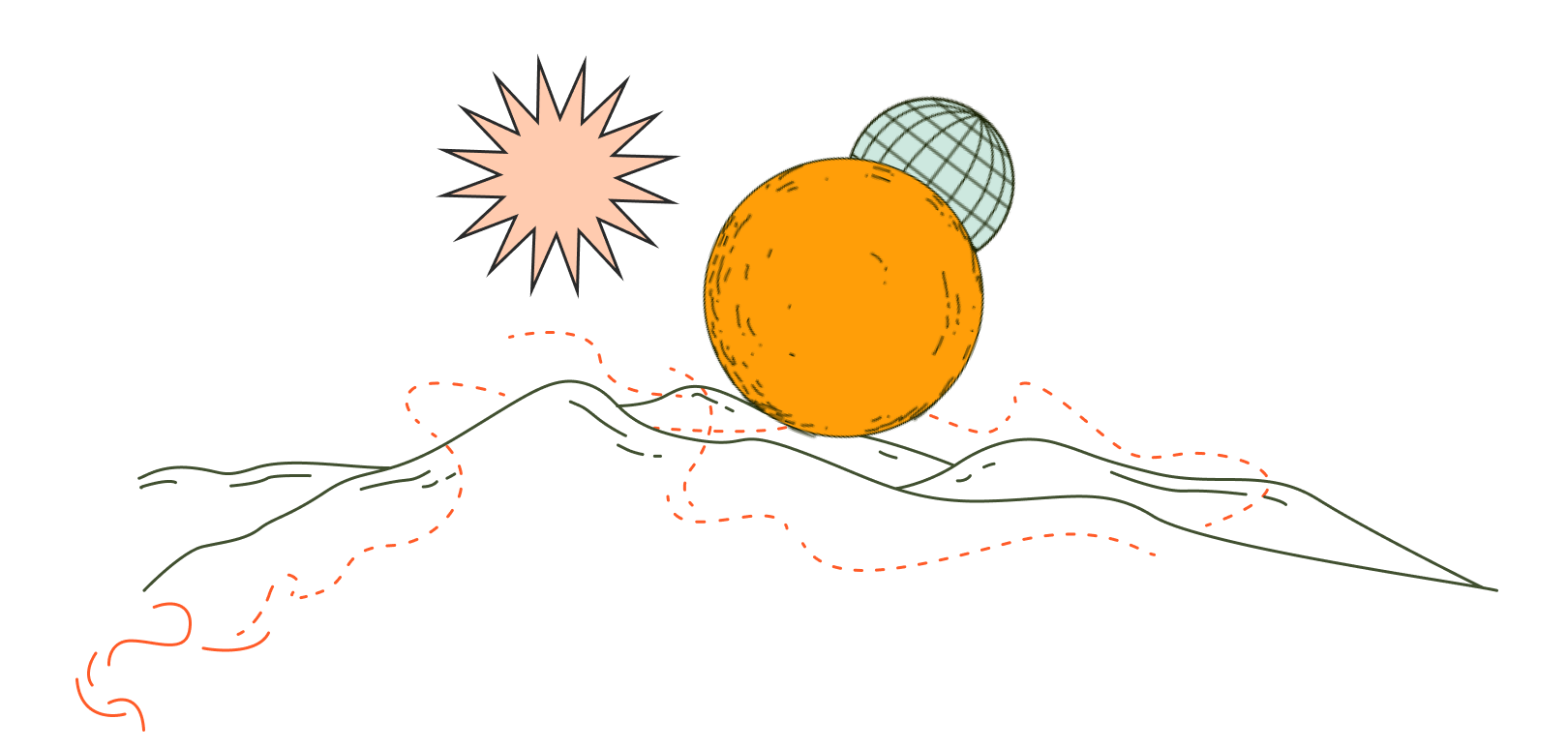
Many cultures traditionally follow nature’s cues to tell time. For the Visayans in the Philippines, daylight hours are divided into various time periods according to the sun’s position in the sky. Nasirakna, meaning “shining”, is a time assigned between dawn and noon. Nabahadna means a time for climbing, followed by Iguritlogna, which is when hens lay eggs. Makalululu denotes a time where when you raise an arm to the sun, your bracelet slides down, while Natupongna sa lubi describes the sun’s descent to the height of palm trees, set against the horizon. The day ends with Igsirinto, when it is too dark to recognise other people.

